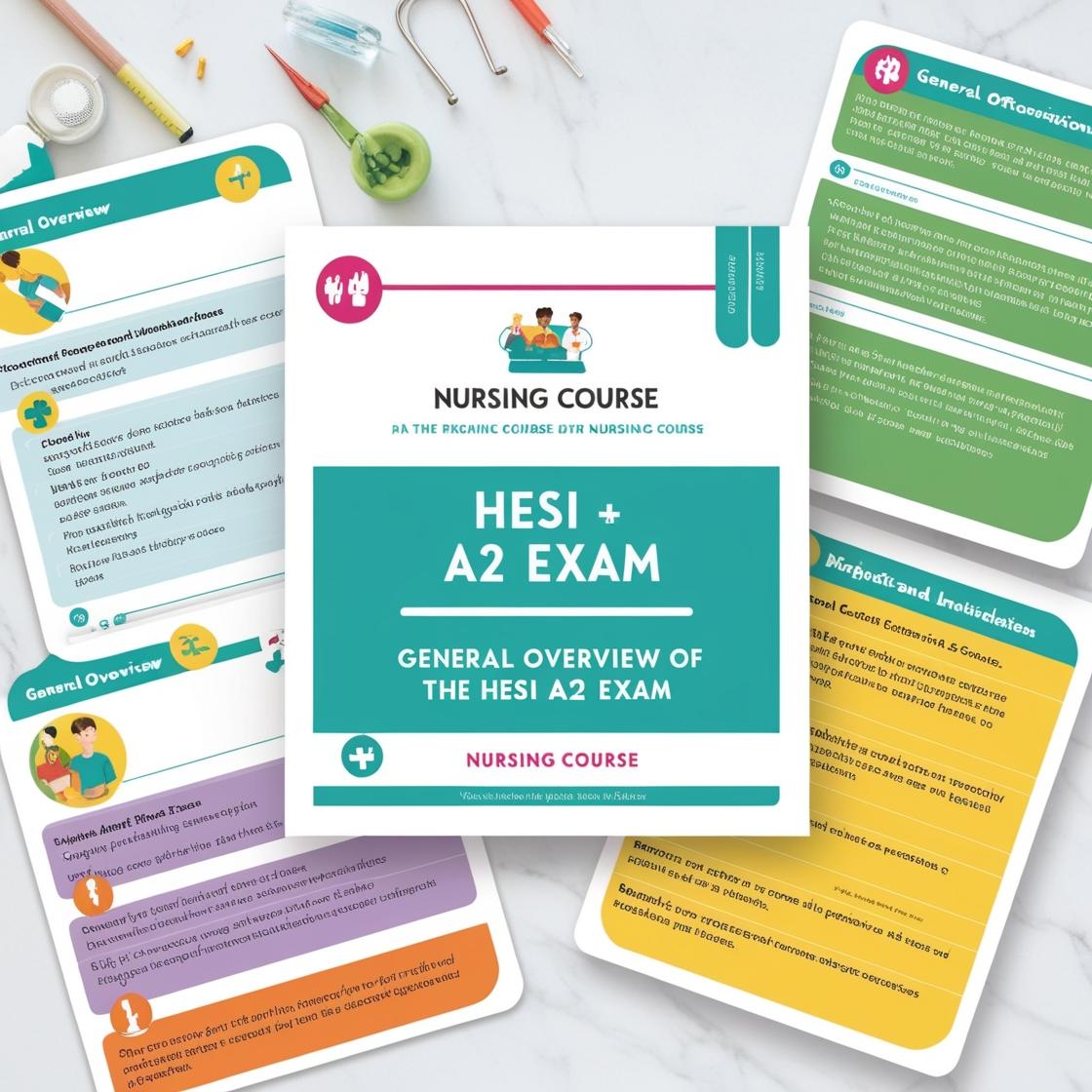HESI A2
HESI A2 Practice Test Biology
1. What is the typical result of mitosis in humans?
- A. two diploid cells
- B. two haploid cells
- C. four diploid cells
- D. four haploid cells
Correct answer: A
Rationale: The correct answer is A: two diploid cells. Mitosis is a type of cell division that results in two daughter cells, each having the same number of chromosomes as the parent cell. In humans, the typical result of mitosis is the formation of two diploid cells, not haploid or four cells. Choice B, two haploid cells, is incorrect because mitosis produces genetically identical diploid cells. Choices C and D, four diploid cells and four haploid cells, respectively, are incorrect as mitosis results in two daughter cells, not four.
2. How does water affect the temperature of a living thing?
- A. Water increases temperature.
- B. Water keeps temperature stable.
- C. Water decreases temperature.
- D. Water does not affect temperature.
Correct answer: B
Rationale: Water has a high specific heat capacity, which means it can absorb and release large amounts of heat with minimal temperature change. This property helps water regulate the temperature of living things by maintaining a stable environment. Choice A is incorrect because water does not consistently increase temperature, but rather helps in temperature regulation. Choice C is incorrect as water doesn't typically decrease temperature in living organisms. Choice D is incorrect since water does play a crucial role in regulating temperature.
3. Which of the following is not a product of the Krebs cycle?
- A. carbon dioxide
- B. oxygen
- C. adenosine triphosphate (ATP)
- D. energy carriers
Correct answer: B
Rationale: The correct answer is B: oxygen. Oxygen is not a product of the Krebs cycle. During the Krebs cycle, carbon dioxide, adenosine triphosphate (ATP), and energy carriers like NADH and FADH2 are produced. Carbon dioxide is a byproduct of the cycle, ATP is a form of energy produced, and energy carriers play a crucial role in transferring energy within the cell. Therefore, oxygen is the only option that is not a product of the Krebs cycle, making it the correct answer.
4. What kind of bond connects sugar and phosphate in DNA?
- A. hydrogen
- B. ionic
- C. covalent
- D. overt
Correct answer: C
Rationale: Sugar and phosphate are indeed connected by covalent bonds in DNA. Covalent bonds involve the sharing of electrons between atoms, which is essential for forming the backbone of the DNA molecule. Hydrogen bonds (Choice A) are important in holding the nitrogenous bases together in the DNA double helix but do not connect sugar and phosphate. Ionic bonds (Choice B) involve the transfer of electrons between atoms and are not the primary bond connecting sugar and phosphate in DNA. 'Overt' (Choice D) is not a type of chemical bond and is an incorrect distractor.
5. What is the second part of an organism’s scientific name?
- A. species
- B. phylum
- C. population
- D. kingdom
Correct answer: A
Rationale: The correct answer is 'species.' In binomial nomenclature, the second part of an organism's scientific name represents its species. The species name is a unique identifier within the genus and helps differentiate between different organisms within the same genus. Choices B, C, and D are incorrect. Phylum is a taxonomic rank higher than species, population refers to a group of organisms of the same species living in the same area, and kingdom is a taxonomic rank higher than genus.

Access More Features
HESI A2 Basic
$89/ 30 days
- 3,000 Questions with answers
- 30 days access
HESI A2 Premium
$129.99/ 90 days
- Actual HESI A2 Questions
- 3,000 questions with answers
- 90 days access
